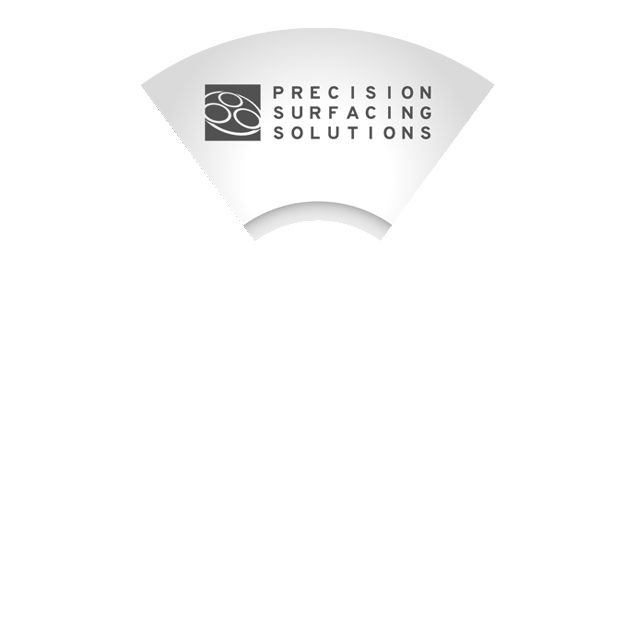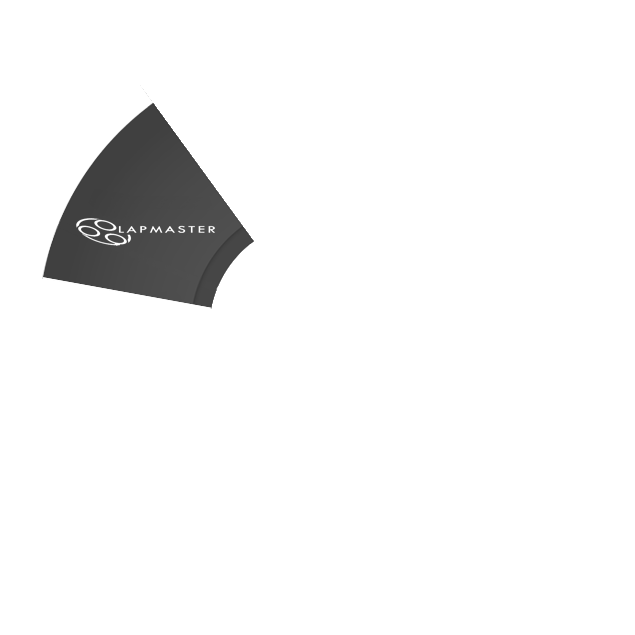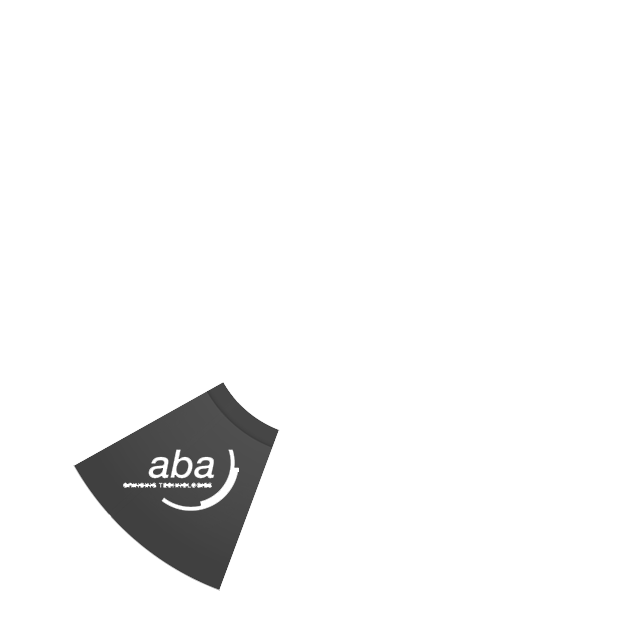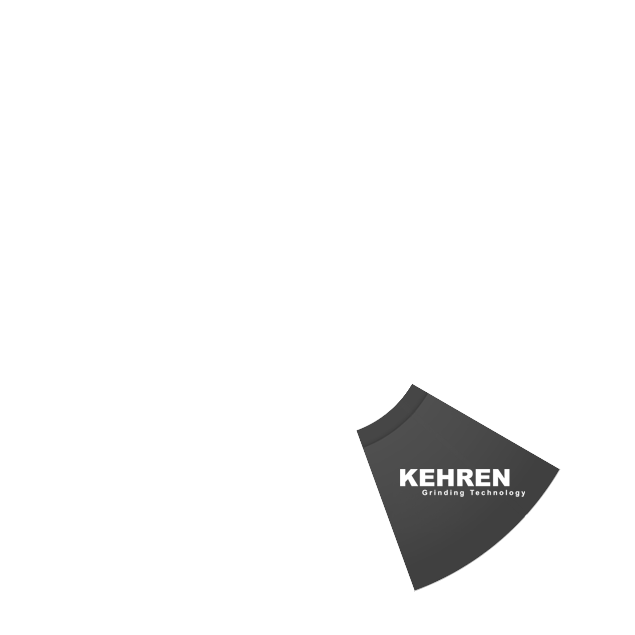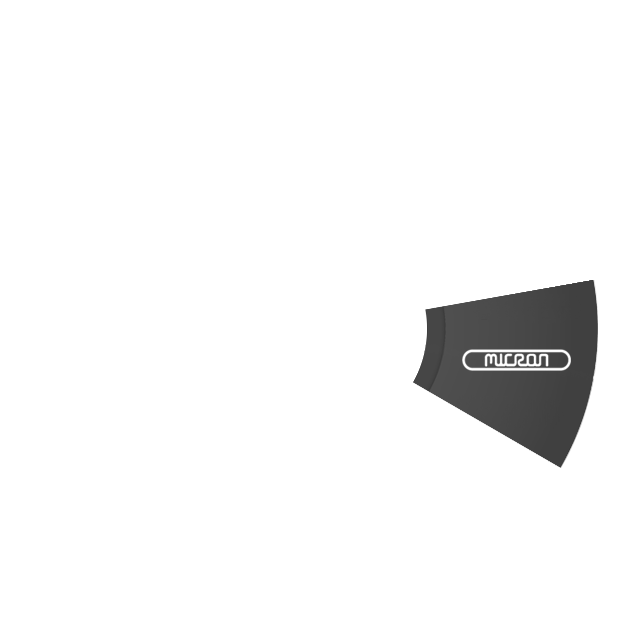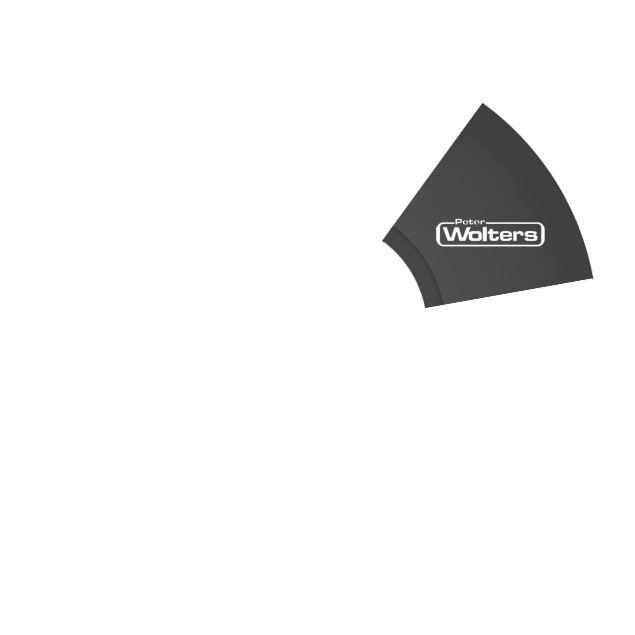What is Polishing?
- A process to generate a reflective surface
- Normally, the polish is generated by using a fine-micron or sub-micron abrasive particle in combination with a liquid. Polishing is a “wet” process.
- Often the polishing process utilizes a pad to contain the abrasive, so polishing may not be a “loose abrasive process.” The pad is softer than the part.
- Very little material is removed during the polishing process, normally measured in microns
- The surface finish of the work-piece to be polished must be of a high quality prior to the polishing process taking place, so the pre-polishing process is often a “lapped” surface.
What are some Lapmaster industrial polished surface functions and applications
- Enables sealing of high pressure gases and liquids
- Cosmetic polishied purposes
- Enables the use of optical flatness measurement instruments
- Reduces the amount of surface and sub-surface damage
- Provides better uniformity of surfaces requiring epitaxial processes or deposited materials
- Generates sharper edges on cutting tools
Types of Polishing and Deburring
- Soft or hard pads using a conventional or special purpose abrasive slurry
- Soft or hard pads using a diamond abrasive slurry which may be water-base or oil-base
- Hard pads using a diamond compound and lubricant
- Diamond slurry polishing using a composite plate
- Diamond slurry polishing using a metal plate
- Fixed-abrasive films (captured abrasive) and lube
Lapping vs. Polishing
Lapping
- Dull, non-reflective surface (matte)
- Multi-directional lay pattern
- Component function (coating)
Polishing
- Reflective finish
- Typically 2nd step
- Component function (sealing)
- Cosmetic appeal
- Light-band inspection
How Does Polishing Work?
- Polishing often uses a polishing pad and water-base slurry to generate the reflective or clear surface
- An unblemished, scratch-free surface finish is critical on polished surfaces. To generate the required finishes, the polishing slurries are often caustic. As such, the polishing systems may feature stainless steel exposed components such as the hardware, rings and plates.
- Further to the above, some polishing applications also require thorough water rinsing during the end of the processing cycle, in order to remove the polishing media so it does not “stain” the surface. This is another reason why stainless steel is required.The polishing pads are usually grouped into either “soft” pad or “hard” pad categories.
Lapping vs. Polishing Systems
- The lapping and polishing systems are quite similar in most aspects
- However, since polishing normally takes place using a pad and slurry, the surface tension is quite high compared to lapping
- In addition, a polished part features a much higher level of surface tension compared to a lapped part
- Based on the above items, polishing systems may feature a higher level of horsepower for the drives
Why use Lapmaster Polishing Machines / Systems?
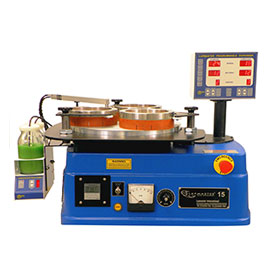
Lapmaster polishing machines and systems offers a complete line of products for all polishing requirements. We can offer fully integrated systems and machines for high volume polishing and industrial production applications and equipment for low volume job shop applications. Lapmaster also offers used polishing (rebuilt and refurbished) and upgrade services for existing polishing machines. We provide our customers with fully engineered complete custom solutions and offer a full line of accessories and consumables in addition to comprehensive training and repair services.
Our extensive line of polishing machines / systems for both medium to large-scale serial production as well as small batch production; these systems can be made to be manually operated or fully automated. With innovation and customer service as our main objectives, Lapmaster continuously researching and developing new technology and polishing machinery. By consistently staying on top of the latest developments on the market, we ensure that our customers are provided with the most state-of-the-art production and control.





